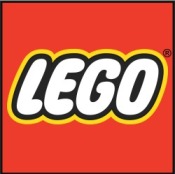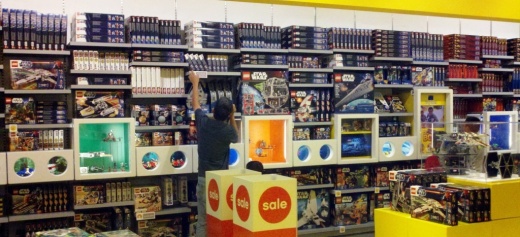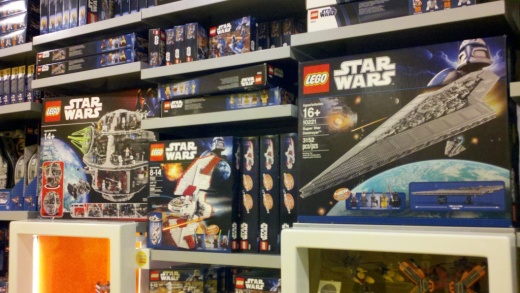Interesting and Amazing Facts and Tidbits About LEGO® Blocks
 My kids are LEGO® fanatics and I'm constantly being nagged for new LEGO sets. Our house must have thousands of dollars of them. So recently we visited the only LEGO store within an hour range of the Conejo Valley, at the Glendale Galleria. To make it a full day, we stopped by the Los Angeles Zoo and Griffith Park for mini-train rides. Needless to say, they loved the LEGO store and we spent quite a bit of time exploring.
My kids are LEGO® fanatics and I'm constantly being nagged for new LEGO sets. Our house must have thousands of dollars of them. So recently we visited the only LEGO store within an hour range of the Conejo Valley, at the Glendale Galleria. To make it a full day, we stopped by the Los Angeles Zoo and Griffith Park for mini-train rides. Needless to say, they loved the LEGO store and we spent quite a bit of time exploring.
Some amazing facts about LEGO bricks and products (Source: Lego.com):
- There are over 915 million ways to combine 6 8-stud LEGO bricks. Go try it for yourself! The exact number of combinations is 915,103,765.
- The LEGO Group made over 31 billion LEGO elements in 2010, or 1,000 per second.
- There are over 3,900 LEGO elements and 58 different LEGO colors.
- Over 400 million children and adults will play with LEGO bricks this year.
- Laid end to end, the LEGO bricks sold in one year would circle the earth 10 times.
- With over 300 million tires produced each year, LEGO is the world's largest tire maker.
- Nearly half a TRILLION LEGO elements have been manufactured over the years.
- Over the years, an estimated 4 BILLION LEGO minifigures have been produced, making them the world's largest population group!
- There are 4 LEGOLAND® parks in the world, including Denmark, England, California and Germany. A new LEGOLAND, the largest ever, will open in Florida (midway between Tampa and Orlando) in mid-October 2011! A 6th park is planned in Malaysia in 2012.
- Our "local" LEGOLAND here in Carlsbad, California opened in 1999 using 35 million LEGO brocks in the park's 15,000 LEGO models.
The name LEGO originated in 1934 when Ole Kirk Kristiansen took the Danish words LEG GODT "play well" and created the name that has become a household word. The LEGO Group is very protective of its brand...they require the following:
- LEGO should always be written in capital letters.
- LEGO must not be used as a generic term or in the plural (e.g. LEGOs).
- When used as part of a noun, LEGO must not appear on its own (e.g. LEGO bricks).
ROCK ON, LEGO!


